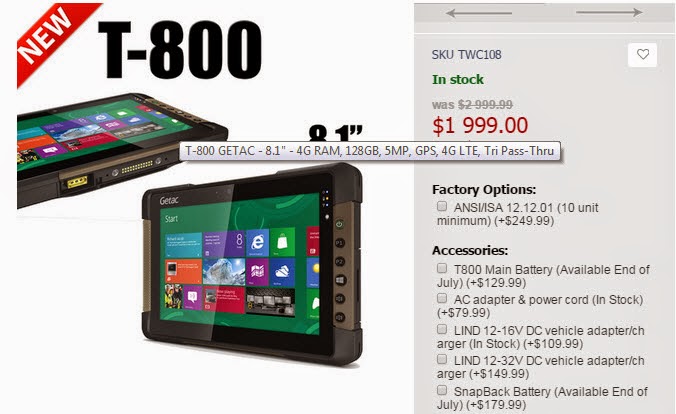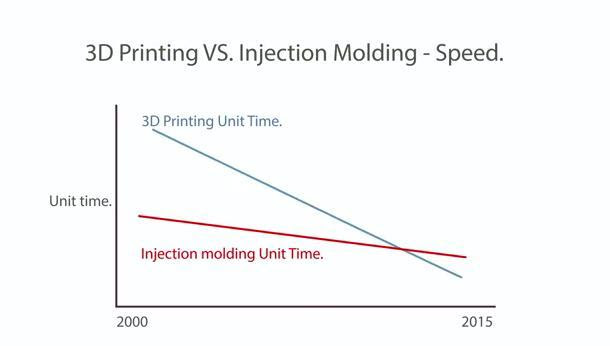 StormTag
StormTag is a key-fob sized sensor for measuring weather data that’s
designed to contribute to a crowdsourced network of other sensors to
map aggregated weather data and offer localized predictions. It works
with Bluetooth LE smartphones and tablets to sync its data back to the
cloud where users can view weather info in an app.
The StormTag sensor come in two versions: the basic StormTag, which
includes a temperature and barometric pressure sensor and costs $25;
or the $35 StormTag+ which also includes a humidity sensor, UV
sensor, and on-board memory so it can log data for as long as the battery
lasts and sync it later to a phone or tablet.
StormTag is currently a prototype while its makers run a
Kickstarter
crowdfunding campaign to get the device to market — aiming to ship
to backers in November.
Flagship smartphones are getting increasingly sensor packed these days. S
amsung added temperature, pressure, and humidity sensors to its Galaxy S4
device last year, for instance, giving it the ability to measure weather data.
But there are plenty of lower priced handsets that don’t have such a fancy
array of sensors — which means there’s scope for a standalone device that
contains the necessary hardware and syncs with a smartphone to ferry its
enviro data load up into the cloud.
Add to that, phones are often kept tucked away in a bag or pocket, rather than
deliberately left exposed to the elements, so a standalone sensor for
environmental data logging makes some sense.
StormTag is aiming to be such a standalone device — competing with the
likes of
CliMate. Both devices are currently raising funds on Kickstarter,
but StormTag has already more than doubled its original funding target
of $17,500, so has the money to make it to market in the bag already —
still with well over a month of its crowdfunding campaign to run.
StormTag is another hardware project from Jon Atherton, whose prior
successfully crowdfunded creations include the
YuFu,
Nota and
JaJa styli,
and – more recently – an e-ink Bluetooth bedside clock, called
aclock.
Atherton says he’s recycling some of the parts used in the YuFu stylus for
StormTag — specifically the pressure sensitive electronics — which has
allowed him to bring the StormTag to market with a relatively low funding
target. CliMate, by comparison, is shooting for a $50,000 raise.
Atherton is also partnering with crowdsourced weather map
WeatherSignal
so users of StormTag get access to data being generated by WeatherSignal’s
network of environment-sensor equipped Android phones from the get-go, to
help circumvent the problem of needing a large uptake before StormTag
starts generating useful data. It also means he doesn’t have to build his own
app since WeatherSignal will be taking care of the end-user software.
“WeatherSignal already have a large body of data — and we will be adding t
o that with users of iOS other Android devices that don’t have inbuilt sensors,”
says Atherton, nothing that the WeatherSignal app has 50,000 active devices,
and 230,000 total installs.
“Globally, WeatherSignal is averaging out at just around 2 million readings
per day. Note — each reading is a timestamped, geolocated set of sensor
readings — so a single reading covers many sensors, so there are several
million data points per day already stored in WeatherSignal. So StormTag
builds on this WeatherSignal data.”
Atherton is giving the StormTag crowdsourced weather project a two-year
timeframe to build into a really useful hyperlocal weather forecasting ecosystem.
“My two year target is to have accumulated enough historic data that we can
do useful predictions using just one StormTag — we’ll also be building out
the crowd sourced weather predictions and mapping,” he says, adding: “In the
interim, we’ll be delivering some fantastic data to our users, as well as hyper
local readings.”
The StormTag has a hole in it so it can easily clip onto keys or clothing, and
is being designed to be waterproof so it can be used outdoors in scenarios
like skiing or boating.
With StormTag’s funding target already met, Atherton says he’s kicked off
the production process already – and reckons he’ll be able to deliver it to
backers earlier than scheduled






